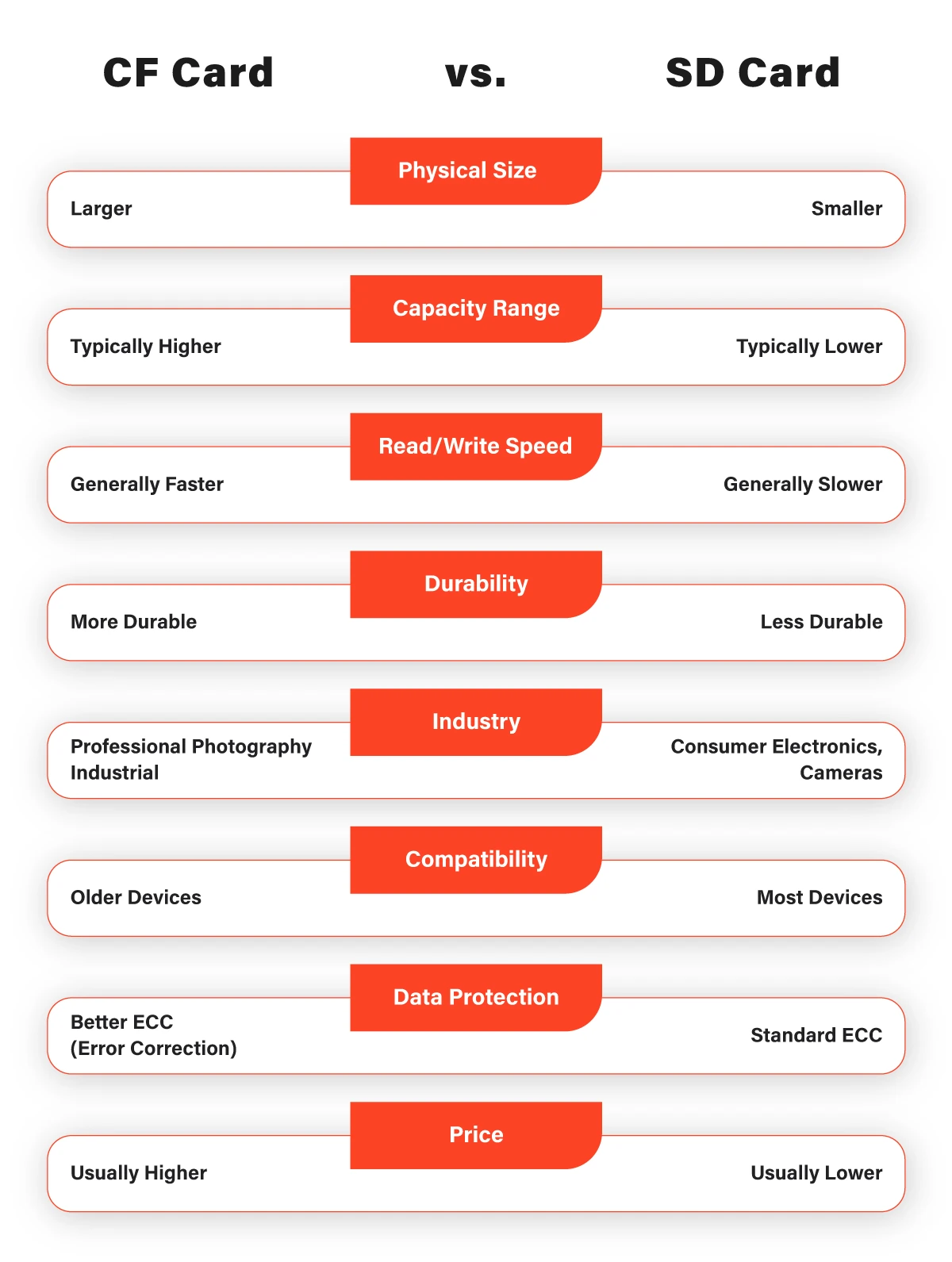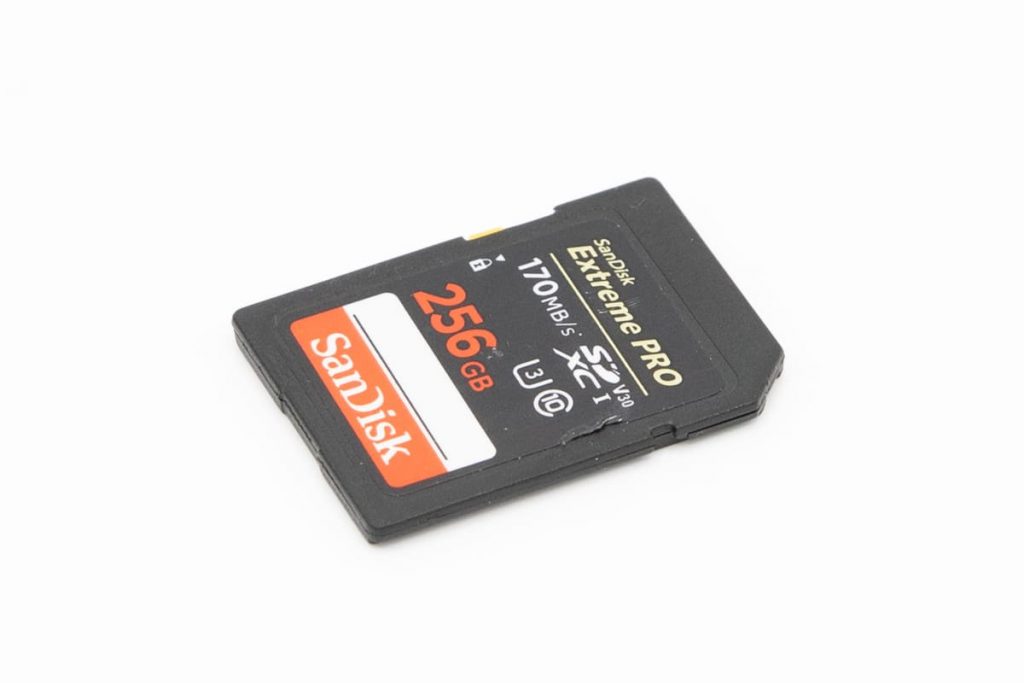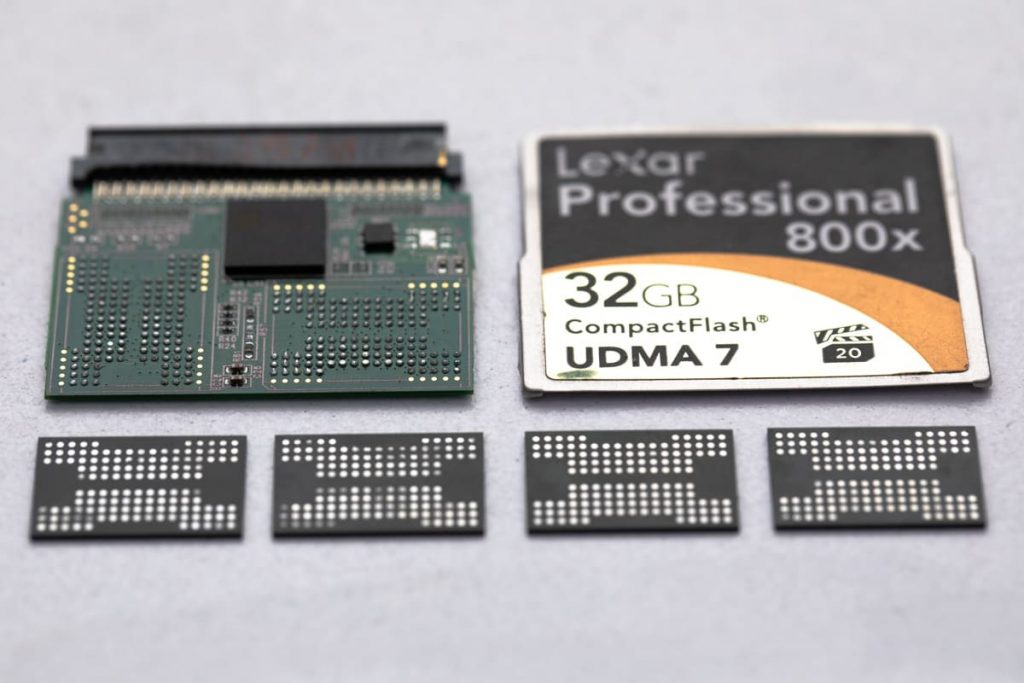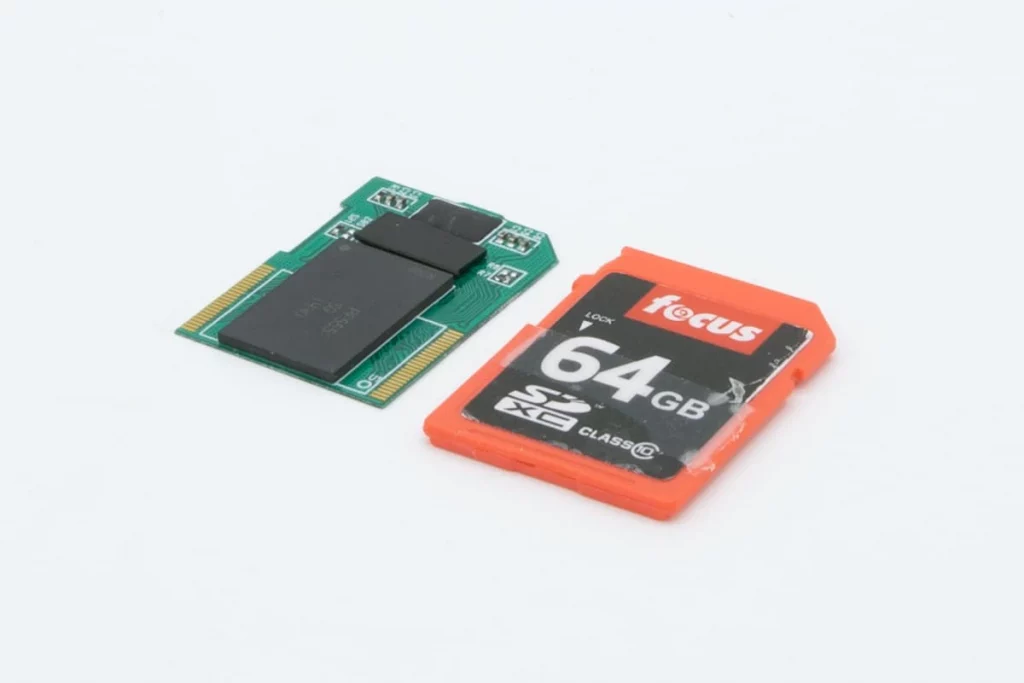In the fast-paced world of digital photography and data storage, choosing the right memory card for your devices is crucial. With the advent of advanced technology, photographers and tech enthusiasts are often faced with the dilemma of choosing between CompactFlash (CF) cards and Secure Digital (SD) cards. Both options have their strengths and weaknesses, and understanding their features will help you make an informed decision.
In this blog post, we will explore the differences and benefits of CF cards and SD cards, taking into account factors like PCI Express, transfer speeds, storage capacity, and compatibility with digital cameras and card readers.

Understanding Form Factors and Card Slots
CompactFlash Cards:
CompactFlash cards have been around since the early days of digital cameras. They are larger in size compared to SD cards and were initially designed for professional-grade cameras and devices. CF cards use the Parallel ATA (PATA) interface, making them incompatible with modern SD card slots.
Secure Digital Cards:
SD cards, on the other hand, have become the industry standard for digital cameras, camcorders, smartphones, and many other devices. Their smaller form factor allows for compatibility with a wide range of devices equipped with SD card slots.
Data Transfer Speeds and Card Speeds
CF Cards:
CompactFlash cards, due to their larger size, have more room for advanced components and better cooling, allowing for faster data transfer speeds. Early CF cards offered a typical read/write speed of around 133x (approximately 20 MB/s), but modern CF cards can achieve speeds of up to 160MB/s (UDMA 7).

SD Cards:
SD cards have evolved significantly in terms of speed and performance. The introduction of UHS-I and UHS-II (Ultra High-Speed) classes has enabled SD cards to reach transfer speeds of up to 300MB/s. However, they might not match the highest transfer speeds offered by top-tier CF cards.
Storage Capacity
CF Cards:
CF cards initially had an advantage in terms of storage capacity, especially in professional settings. They were available in larger capacities compared to SD cards. However, with advancements in technology, SD cards now come in capacities as high as 1TB, narrowing the gap significantly.
SD Cards:
SD cards have caught up and even surpassed CF cards in terms of storage capacity. The availability of high-capacity SD cards makes them a more appealing choice for users with large storage needs.
Compatibility with Digital Cameras and Card Readers
CF Cards:
Due to their larger form factor and older technology, CF cards are becoming less common in new cameras and devices. Many modern cameras and devices now exclusively feature SD card slots, making CF cards less practical for the average user.
SD Cards:
SD cards, being the current industry standard, enjoy widespread compatibility with a vast range of devices, including digital cameras, smartphones, laptops, and more.
They are widely supported and easily accessible, making them the go-to choose for most users.

Introducing XQD Cards
XQD Cards:
In the race to offer faster data transfer and higher capacity, XQD cards emerged as an alternative to both CF cards and SD cards. XQD cards use the PCI Express interface, allowing for incredibly fast read and write speeds, making them suitable for high-resolution video recording and burst photography. However, despite their impressive performance, XQD cards have struggled to gain widespread adoption, and some camera manufacturers have moved on to other formats, like CFexpress.
In conclusion, choosing between CF cards and SD cards depends on your specific needs and the devices you own. While CF cards may offer faster data transfer speeds and high capacity, SD cards are more widely compatible and readily available. With the emergence of newer formats like XQD and CFexpress, the memory card landscape continues to evolve.
If you are a professional photographer or videographer, CF cards might still have their place in your workflow, especially if your camera supports them. However, for the majority of users, SD cards remain the most practical and versatile choice for their digital cameras and other devices. Always consider the card speed, storage capacity, and compatibility before making your decision, and you will be well-equipped to capture and store your memories effectively.
Frequently Asked Questions
What is the main difference between CF cards and SD cards?
CF (CompactFlash) cards and SD (Secure Digital) cards differ primarily in their form factors and sizes. CF cards are larger and are more common in older digital cameras, while SD cards are smaller and have become the industry standard for modern devices.
Which type of memory card offers faster data transfer speeds?
Generally, CF cards offer faster data transfer speeds compared to SD cards. However, with advancements in SD card technology, some high-end SD cards can achieve comparable speeds.
Are CF cards still compatible with modern digital cameras?
While some older digital cameras still support CF cards, many modern cameras have shifted exclusively to SD card slots, making SD cards more widely compatible with current devices.
Can I use both CF cards and SD cards in the same card reader?
No, CF cards and SD cards have different physical connectors and form factors, so they require separate card readers. However, some card readers are designed to support both CF and SD cards with multiple slots.
Which type of memory card offers higher storage capacity?
In the past, CF cards had an advantage in storage capacity, but SD cards have caught up and even surpassed CF cards in recent years. Both types of cards are now available in high-capacity options, making them suitable for various storage needs.
